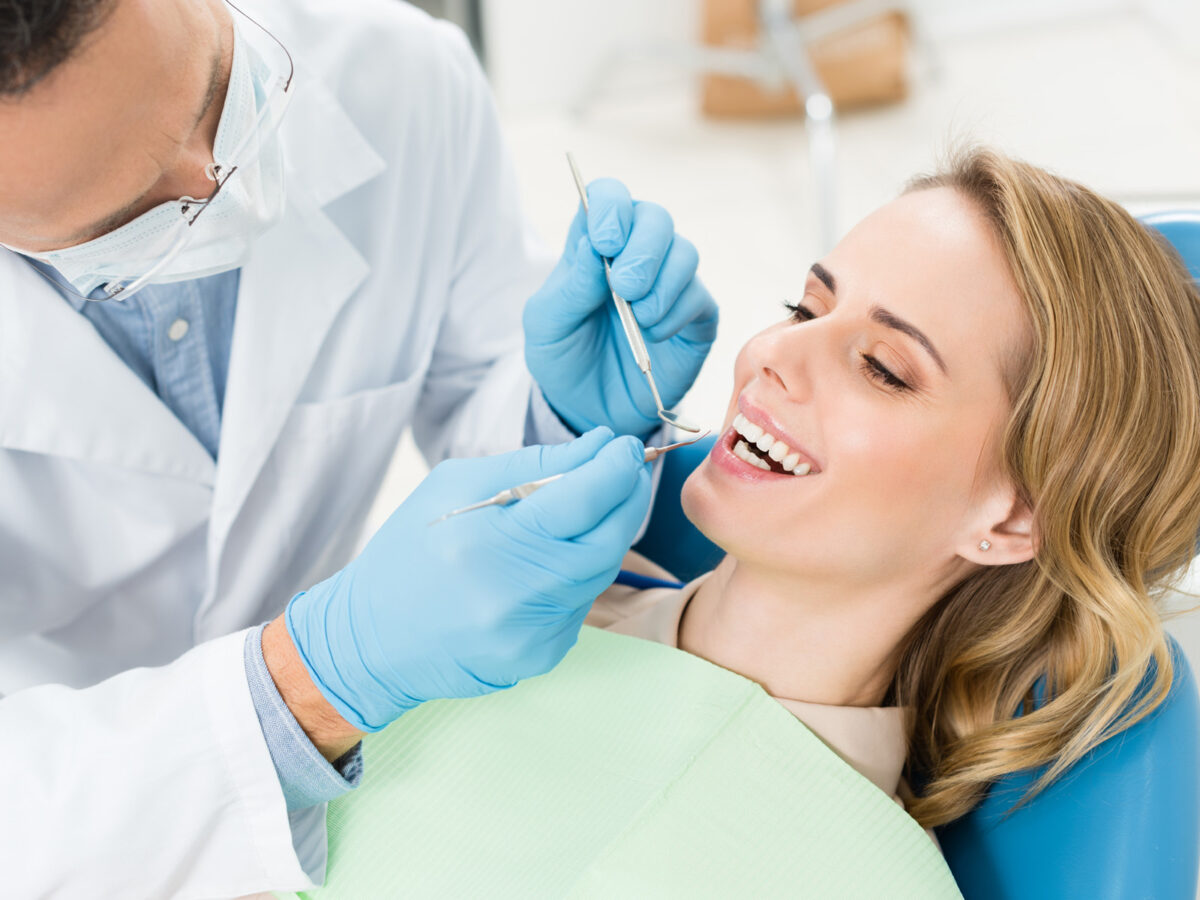Blog
Dental hygiene tips for healthy teeth & gums

All about dentin It’s function and importance
A smile is the prettiest thing you can wear. Now imagine yourself smiling; you wouldn’t want your teeth to look yellow. Do you? Our teeth comprise the outer hard enamel, The dentin underneath the enamel, The dental pulp that lies soft and encased within the dentin, and The cementum that lies over the dentin and helps attach the tooth to the jaw.
What is dentin?
The soft portion between the enamel and pulp is called dentin. They are formed from the odontoblasts of the pulp’s uppermost layer. It initially forms pre-dentin, which then matures into dentin.
Dentin is classified into two categories, the primary, the upper part of dentin near the enamel; the secondary, the part that is in contact with the cementum; and the tertiary, the one that forms when enamel corrodes.
Dentin’s function
Its primary function is to support the structure of enamel. Due to it’s softer texture than enamel, it helps in absorbing the pressure from eating. It is responsible for transferring the impulses from the enamel to the pulp, where the nerve ending in the pulp would receive the signals. It also acts as cushioning for the pulps.
Dentin and Decay
The moment we look at someone, we judge the health of their teeth based on its color. We know yellow would imply unhealthy teeth, and black or grey would indicate a cavity. Most of us would understand that Enamel degradation has a significant role in our teeth’ yellow coloring. When the top layer of teeth, enamel degrades, dentin’s layer would be visible. This dentin gives teeth a yellowish color. That’s the reason unhealthy teeth are associated with discoloration. The unveiling of dectin causes the teeth to be brittle; the edges of teeth would become rougher as enamel erodes. Moreover, dentin exposure would cause a condition, namely Dentin hypersensitivity.
What is Dentin hypersensitivity?
Dentin hypersensitivity is the condition due to dentin exposure to thermal, chemical, or osmotic stimuli, thereby causing extreme sensitivity and pain. It is one of the most reported dental issues. As the enamel corrodes due to cavity or acid imbalances, the dentin is exposed to various stimuli, and disparity in pH may cause sensitivity. Dentin is 70% mineral, 20 % organic matter, and 10% water, unlike enamel, 45 % mineral, 34 % organic matter, and 21 % water. The mineral that makes up dentin is called hydroxyapatite, which will not demineralize as much as enamel when it undergoes an acid challenge. The bulk loss of a layer is relatively much lesser in the case of dectin. This is also the reason why it is regenerative. But there is a negligible amount of dectin loss due to frictional forces.
The dentin contains tubules of cells and fluid. This gives the dentin a degree of permeability, which can increase painful sensations and accelerate the progression of tooth decay. As the pain and sensitivity affect one a lot, the consumption of hot and cold eatables would hurt.
Care and Prevention
As mentioned above, dectin is regenerative, but bacterial growth should be in control. To achieve that oral hygiene is the only solution. Coarse tooth brushing, Grinding of teeth, The overuse of abrasive agents for tooth whitening, Accumulation of plaque should be avoided. In Gum recession, fractured teeth, or any other dental problem, visit the doctor. Also, a regular appointment with the dentist would be helpful.
Book Appointment to find out which treatment might be best for you.
